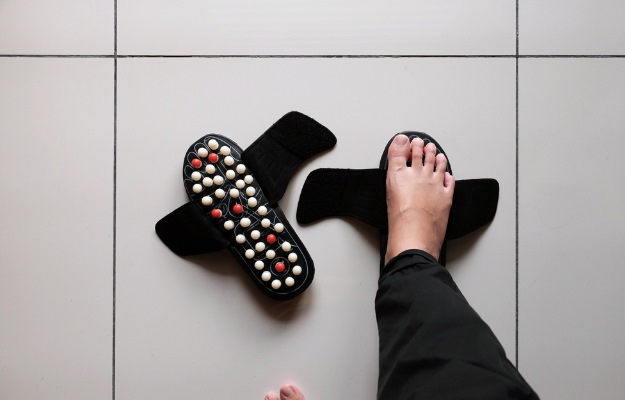Sperm, also called spermatozoa, is the mobile male reproductive cell or gamete that combines with the egg (the female reproductive cell or gamete) to undergo fertilisation and give rise to the zygote. Spermatozoa cells have a flagellum that makes them mobile, which is an essential characteristic needed to meet the female ovum, or egg, which remains stationary in the female reproductive tract after release. The zygote, which contains a mixture of both paternal and maternal traits within one cell, divides further and becomes a multicellular structure, giving rise to the embryo. Specialised structures, sacs and fluid accumulate and the embryo undergoes differentiation to give rise to a fetus that will become a fully formed and developed baby after nine months of gestation in a womb.
Infertility is described as the inability to conceive a child by a heterosexual couple after intentional regular unprotected sexual intercourse for a period of six months (when the female partner is older than 35 years old) to one year (when the female partner is under the age of 35 years). It may be said to be of a primary nature, when the couple has not had previous pregnancies, or of a secondary nature, when infertility develops after having conceived at least one pregnancy, irrespective of the outcome. Infertility can arise due to factors affecting the female partner, the male partner or both partners. Traditionally, the female partner undergoes fertility testing first in the absence of obvious impotence or dry orgasms without ejaculation in the male partner. If the female partner is found to be fertile and in good reproductive health, the male partner must undergo fertility testing. Male infertility can either be due to ejaculation dysfunction or defective spermatozoa cells. Ejaculatory dysfunction refers to the spectrum of disorders, arising due to various causes, in which the male partner is unable to ejaculate properly to impregnate the female partner. The four types of ejaculatory dysfunction are – premature ejaculation (when the ejaculate is released too soon), delayed ejaculation (when the ejaculate is released too late), retrograde ejaculation (due to dysfunction of the urinary bladder neck sphincter it fails to contract and the semen is redirected into the urinary bladder, later being expelled through urine) and anejaculation (the inability to ejaculate altogether). Both retrograde ejaculation and anejaculation result in dry orgasms (which means no semen comes out of the male penis) and the chances of successful pregnancy become very slim. While ejaculatory dysfunction can cause male infertility, the absence of ejaculated semen does not imply the unviability of the sperm. With appropriate treatment, conception is highly possible. The possible causes of male infertility due to sperm defects include:
- Ineffective production of sperm
- A low sperm count
- Defects in the shape of the sperm
- Abnormal movement of the sperm
While problems related to sperm count may be able to be remedied to a certain extent, it is very likely that assisted reproductive techniques (ART) will be needed to conceive a child successfully.




























